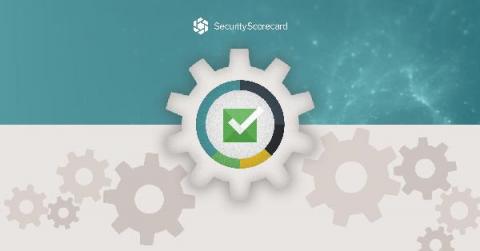What is a Network Vulnerability Assessment?
A network vulnerability assessment is the reviewing and analyzing of an organization’s network infrastructure to find cybersecurity vulnerabilities and network security loopholes. The assessment can be carried out either manually or by using vulnerability analysis software — although the latter is preferred because it’s less susceptible to human error and usually delivers more accurate results.






